Have you ever heard the advice to “eat the rainbow”? Essentially, this refers to consuming fruits and vegetables that span the color palette—red, orange, yellow, green, blue, and purple. As you browse the produce aisle in your favorite grocery store, you may notice all the different natural pigments. These colors are due to the specific phytonutrients and antioxidants present in the food.
Antioxidants and phytonutrients are compounds in plant-based foods that reduce oxidative damage in the body and can reduce the risk of certain diseases. Consuming these foods high in antioxidants is a great way to improve your health and feed your body with micronutrients and disease-fighting natural compounds. “Eating the rainbow” ensures you get a variety of types of antioxidants, and provide your body with a well-rounded nutritional profile for optimal wellness. Improve your health and keep reading for a list of the foods highest in antioxidants.
Dark Chocolate
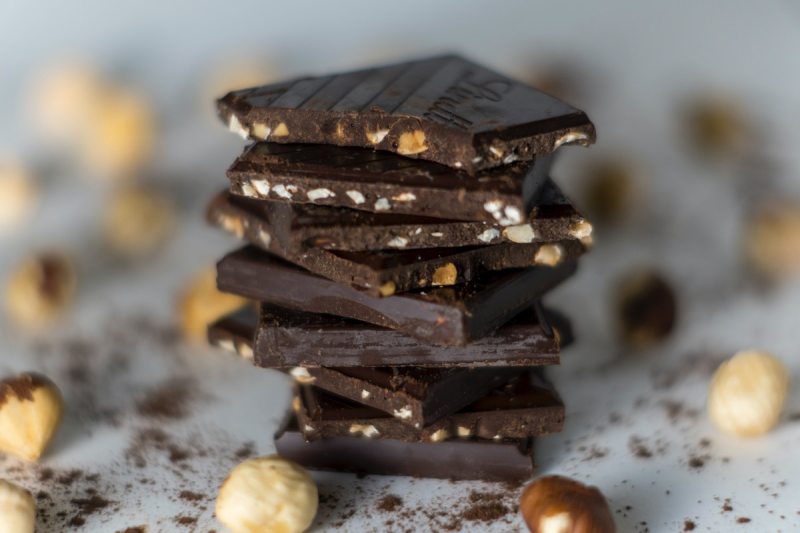
Dark chocolate may seem like just a delicious indulgence, but while you enjoy each creamy, sweet yet bitter bite, you’re also giving yourself plenty of powerful nutrients. For example, it contains zinc and iron. In fact, one ounce of dark chocolate (70-85% cocoa) contains 3.42 mg of iron or 19% of the RDI for women and 42% for men. Unsweetened baking chocolate is an even better source of iron, with 5 mg per ounce. Dark chocolate is also a good source of antioxidants which is why it is often considered a superfood. A 3.5-ounce portion has nearly 15 mmol (millimoles per liter), which is actually much higher than many of the healthiest fruits and vegetables!
Beans
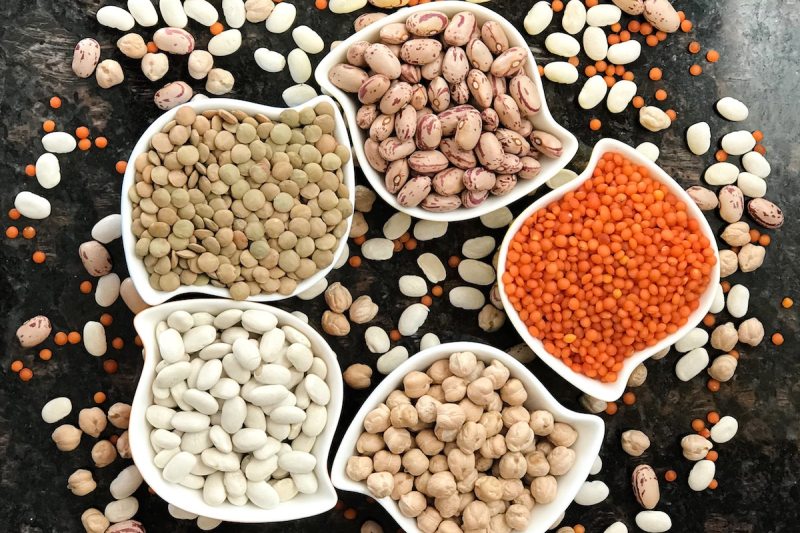
Beans, lentils, and peas all fall under the umbrella of legumes. These foods are packed with fiber, protein, complex carbohydrates, and vitamins and minerals. They are also rich in phytonutrients and antioxidants. They contain about 2.2 mmol of disease-fighting antioxidants per 3.5-ounce serving. For example, pinto beans are high in kaempferol, an antioxidant that has been associated with anti-inflammatory and anti-carcinogenic properties.
Artichokes
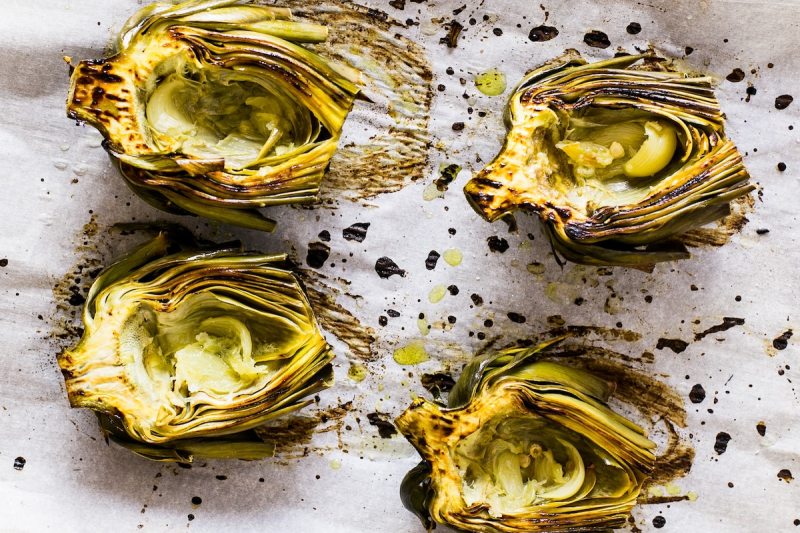
Artichokes are a low-calorie, high-fiber vegetable that stands up well to grilling, broiling, baking, and marinating. They contain high levels of vitamin C, as well as antioxidants such as chlorogenic acid. In fact, in just 3.5 ounces of artichokes, there is roughly 4.7 mmol of antioxidants, making it one of the best vegetable sources of antioxidants.
Green Tea and Coffee
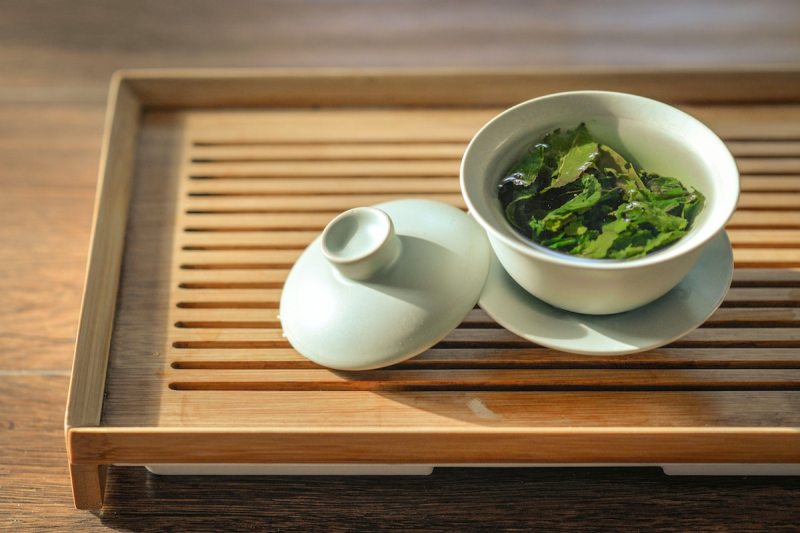
Some benefits of green tea are that it is packed with antioxidants and polyphenols. In fact, about 30% of the dry weight of green tea is polyphenolic compounds. Because the leaves in green tea are unoxidized (which is why they are green and not black), the antioxidant content is quite high. Accordingly, green tea is associated with many health benefits, including lowering the risk of cancer, high blood pressure, heart disease, type 2 diabetes, and dementia. Coffee is even higher in antioxidants, so don’t be afraid to brew up your favorite cold brew. Just be sure to switch to decaf close to bedtime so that the caffeine doesn’t interrupt your sleep.
Blueberries
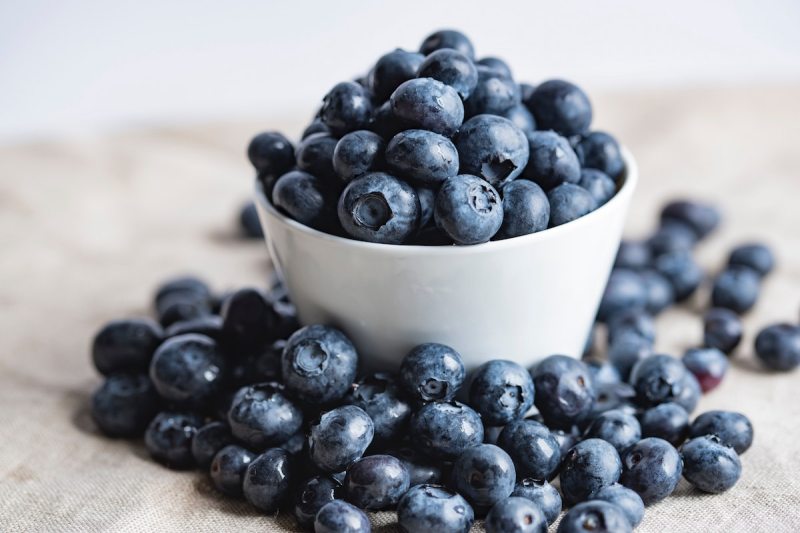
Who doesn’t love fresh blueberries picked at their peak ripeness in the summer? Blueberries are tart, sweet, juicy little pearls of nutrient-rich goodness. They go well in smoothies, healthy cereals, yogurt, desserts, and even certain savory dishes. Blueberries contain a whopping 9.2 mmol of antioxidants in each 3.5-ounce serving, the majority of which are anthocyanins. These antioxidants have been shown to lower cholesterol, reduce inflammation, improve cognitive performance, and reduce the risk of cancer. Blueberries also contain flavonoids and procyanidins, polyphenols that can improve mood, cognition, memory, and learning.
Beets
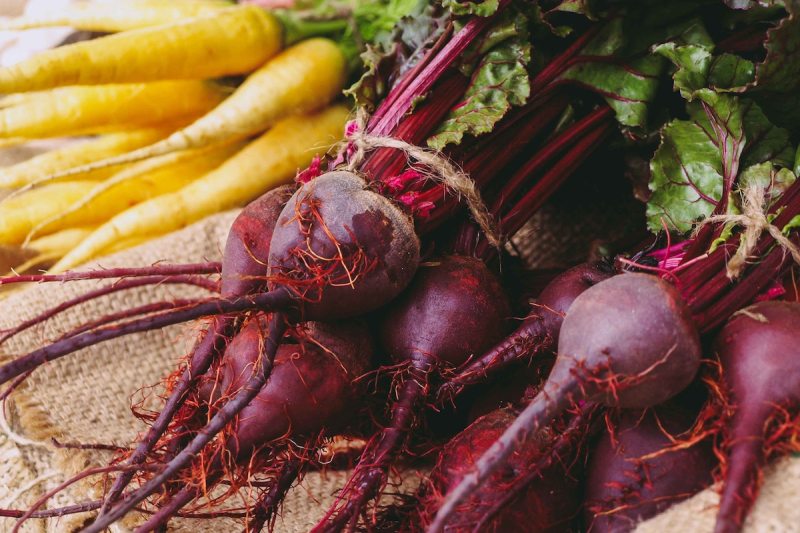
The bright red color of beets is due to the betalains, a group of potent antioxidants that provide disease-fighting benefits. Enjoy sweet beets in salads with goat cheese or drizzled with balsamic vinegar.
Blackberries
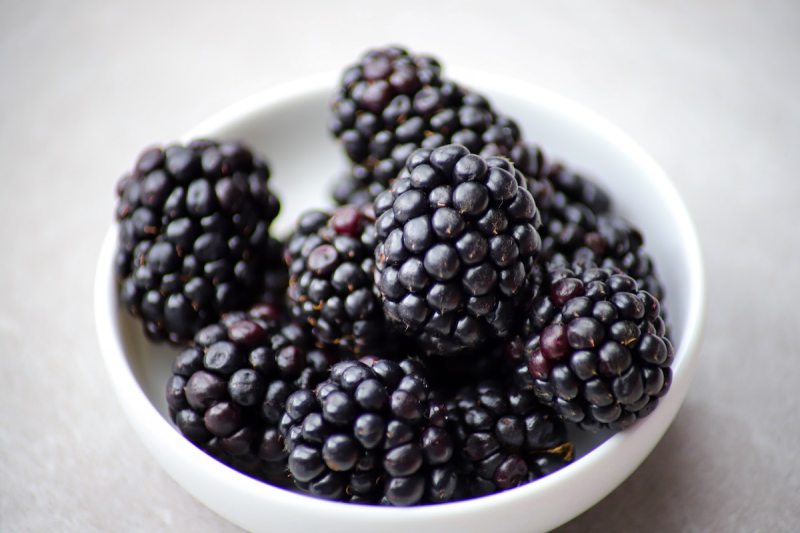
Blackberries and raspberries are excellent sources of fiber, vitamin C, minerals, and antioxidants. Blackberries actually contain more antioxidants than any other fruit. Their deep color lends the high antioxidant content.
Grapes and Wine
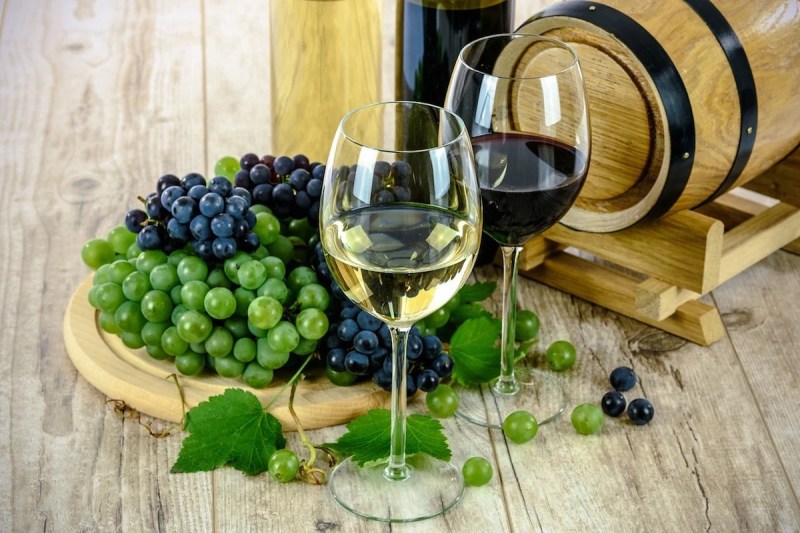
Red and purple grapes contain selenium, vitamin C, and disease-fighting antioxidants like anthocyanins. Red wine is also rich in these potent compounds, which is why having a glass of your favorite red wine may actually boost your health.
Goji Berries
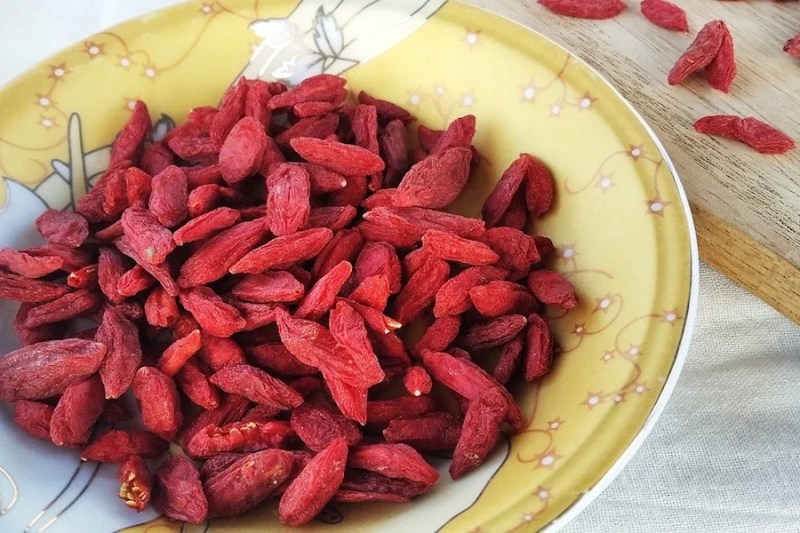
Goji berries are native to China and typically come in their dried form. They’ve been revered in traditional Chinese medicine for centuries, likely due to their high antioxidant content. With 4.3 mmol of antioxidants per 3.5-ounce serving, goji berries are thought to lower the risk of heart disease and cancer and protect against the free radical damage that can age skin.
Pomegranates
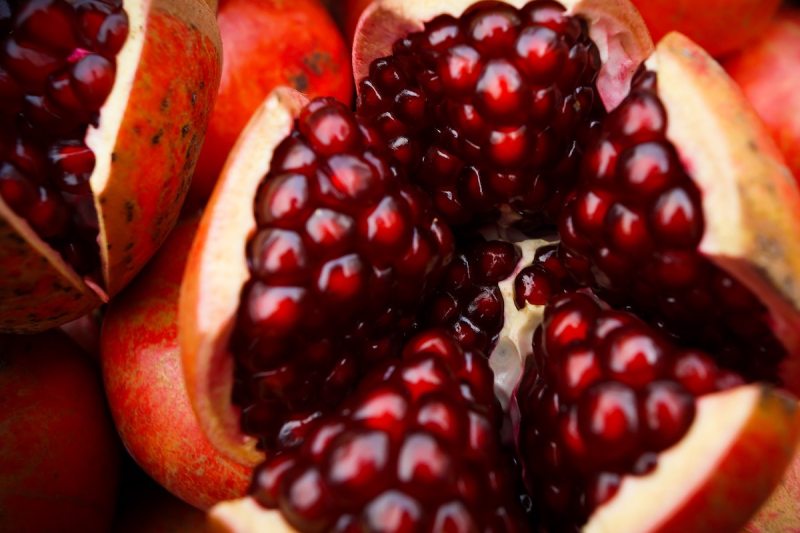
Pomegranates have jewel-like seeds packed with antioxidant-rich juice. They contain 9 mmol per 3.5-ounce serving, which is probably why there is some evidence to suggest pomegranate juice may inhibit tumor growth in prostate cancer. Pomegranates can be savored as is, or the delicious seeds can be added to salads, yogurt, cereal, or even certain winter soups.
Kale
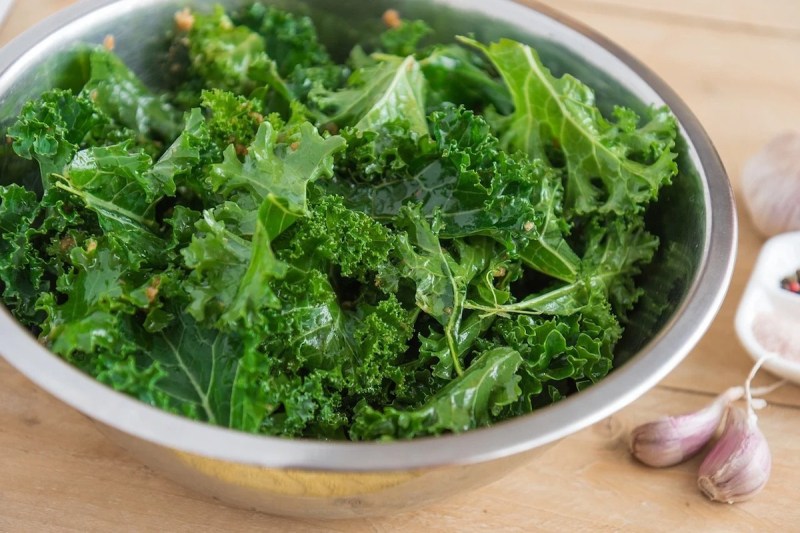
Kale, spinach, and other dark leafy greens provide iron, potassium, calcium, vitamin C, vitamin K, and plenty of antioxidants such as lutein and zeaxanthin, which protect your eyes from damage incurred by harmful UV rays. These leafy green vegetables also contain chlorophyll and dietary nitrates. Nitrates dilate blood vessels and improve circulation, helping naturally reduce blood pressure.
Pumpkin, Sweet Potato, and Winter Squash
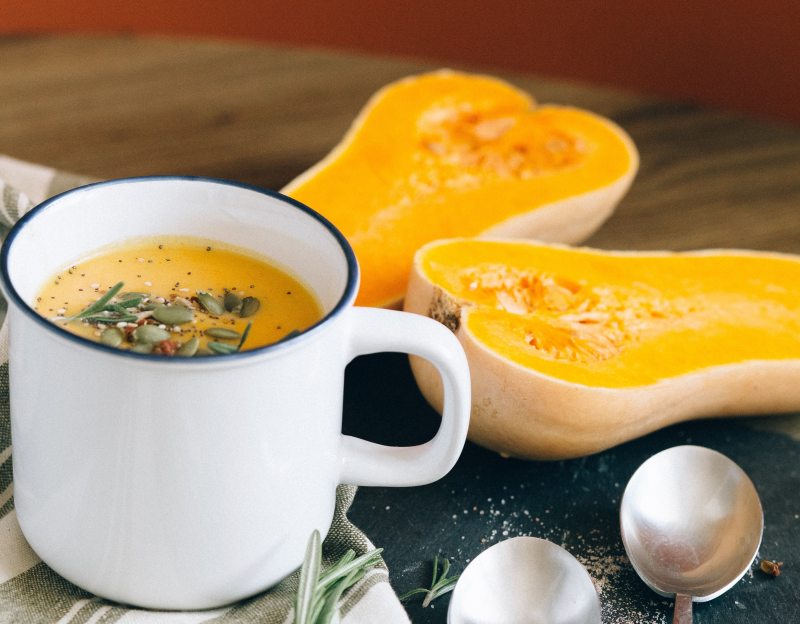
Orange vegetables like pumpkin, sweet potatoes, carrots, butternut squash, and acorn squash contain powerful antioxidants like beta-carotene, which supports eye health and reproductive health. This antioxidant is what imparts the vivid orange color. Sweet potatoes, winter squash, and pumpkin are also rich in lutein and zeaxanthin, as well as many of the prebiotic fibers most loved by your gut bacteria. Enjoy sweet potatoes and other winter root vegetables in filling, hearty soups, side dishes, and hashes for a disease-fighting, anti-inflammatory, satisfying meal.
Red Cabbage
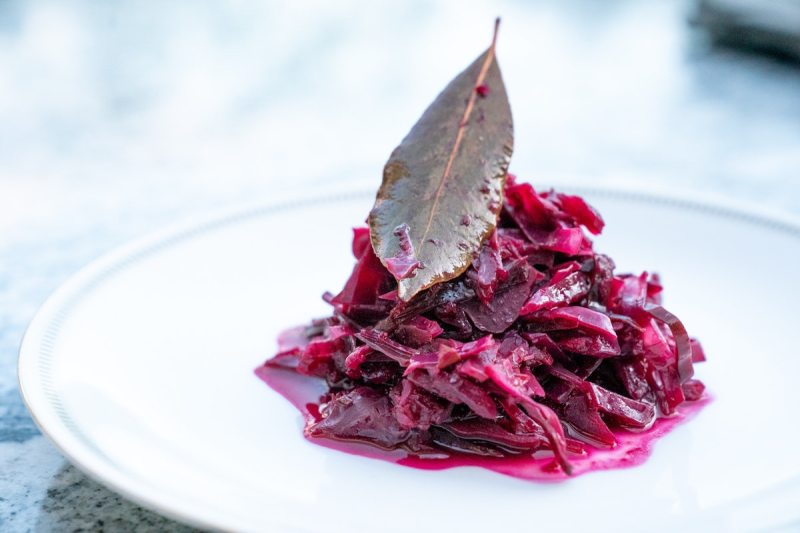
Red and purple cabbage are part of the cruciferous family of vegetables, along with nutritious favorites like broccoli and cauliflower. These veggies are high in vitamins C, A, and K as well as fiber, water, and antioxidants. Red cabbage provides about 2.2 mmol of antioxidants in each 3.5-ounce serving, while cauliflower provides 3.5 mmol. Like strawberries, raspberries, and goji berries, red and purple cabbage are high in anthocyanins. These foods have been associated with reducing the risk of heart disease, cancer, and other inflammatory conditions. The high vitamin C content in cruciferous veggies also makes them excellent for supporting the immune system.
Walnuts and Pecans
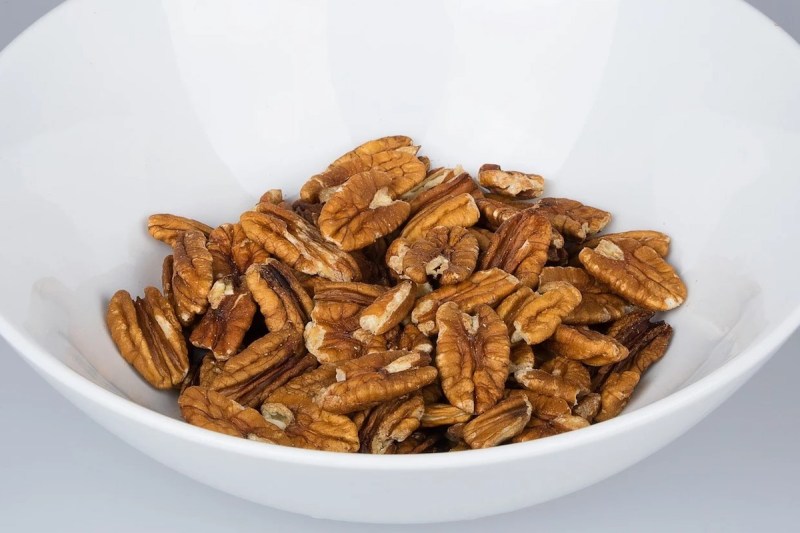
Nuts and seeds are good sources of healthy omega-3 fatty acids, which reduce inflammation and support cardiovascular and cognitive functions. They also contain vital minerals like zinc, iron, and magnesium. Moreover, these superfoods are rich in antioxidants. For example, walnuts pack an impressive 21.9 mmol of antioxidants per 3.5-ounce serving. They are great on yogurt, healthy cereal, salads, or as a filling snack. Other good options for antioxidant-rich nuts are pecans, chestnuts, and pistachios, which are also one of the best dietary sources of melatonin. Lastly, you can also enjoy a healthy dose of antioxidants from seeds like flax seeds and sesame seeds.
Editors' Recommendations
- 12 delicious foods high in vitamin E for skin, hair, and heart health
- 5 ways a high-protein diet benefits your health
- 1 of 2 American adults aren’t getting enough magnesium — these foods will help
- 9 incredible ways coconut oil can boost your health
- Improve your skin and eyes with these delicious foods high in vitamin A




